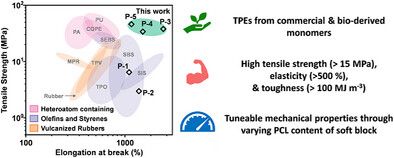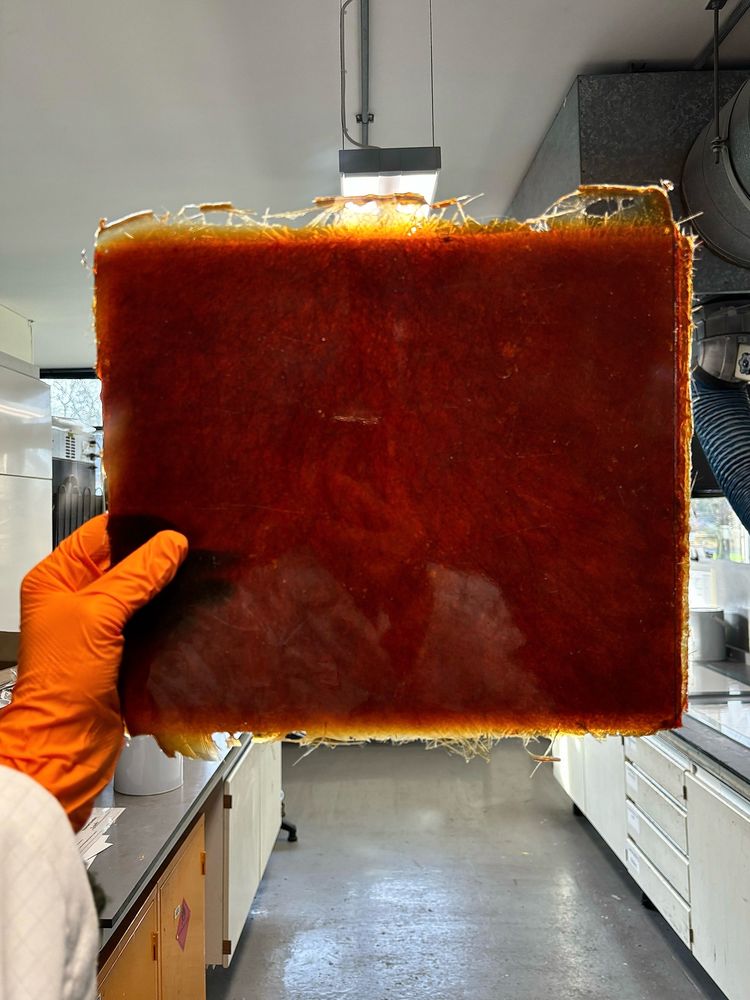
🧪 Postdoctoral Research Fellow in the Williams group at the University of Oxford
⚗️ Former PhD researcher in the Becer group at the University of Warwick




Sign up here 👉 tinyurl.com/42cz8wd8

Sign up here 👉 tinyurl.com/42cz8wd8
A great collaboration with the Becer group and @matildeconcilio.bsky.social @uni-of-warwick.bsky.social
onlinelibrary.wiley.com/doi/10.1002/...

Congrats to @bonny-gao.bsky.social, @kampoon1.bsky.social, @matildeconcilio.bsky.social, Thomas, and George! 🧪💚♻️
advanced.onlinelibrary.wiley.com/doi/10.1002/...

You can read all about it here: pubs.acs.org/doi/10.1021/...

You can read all about it here: pubs.acs.org/doi/10.1021/...





